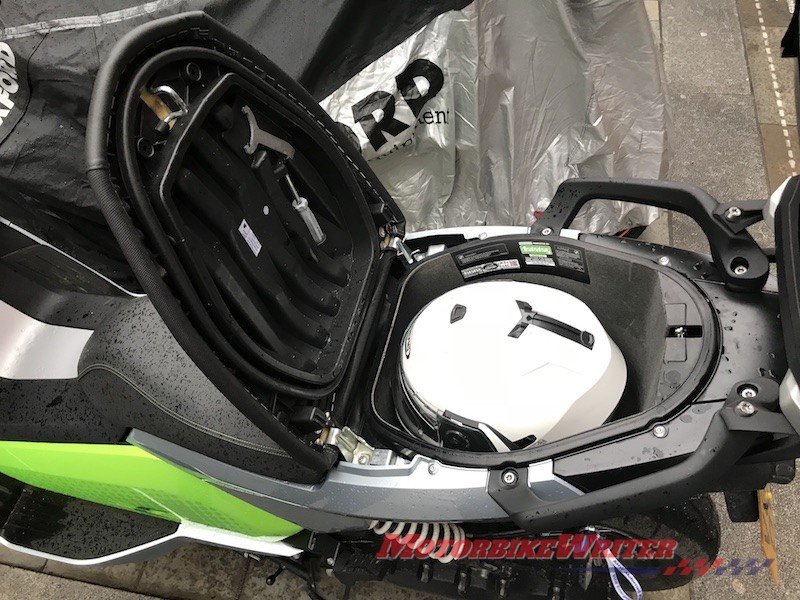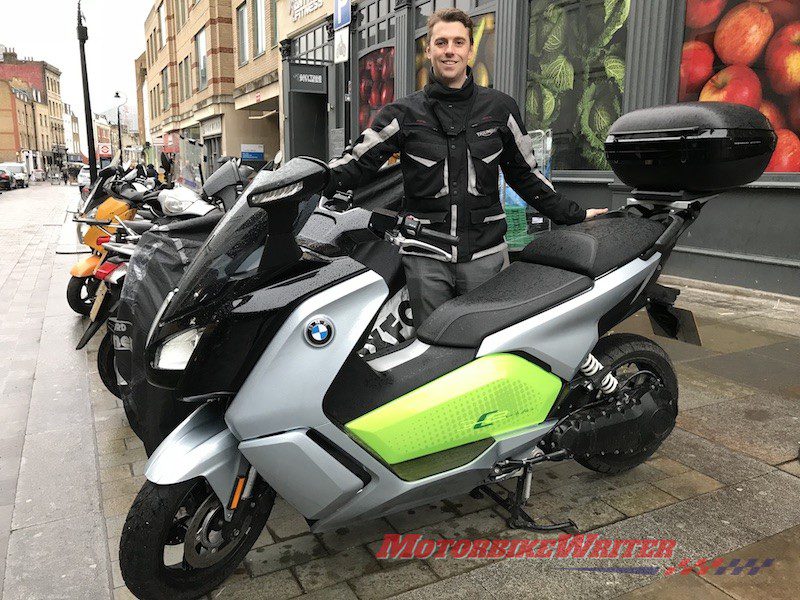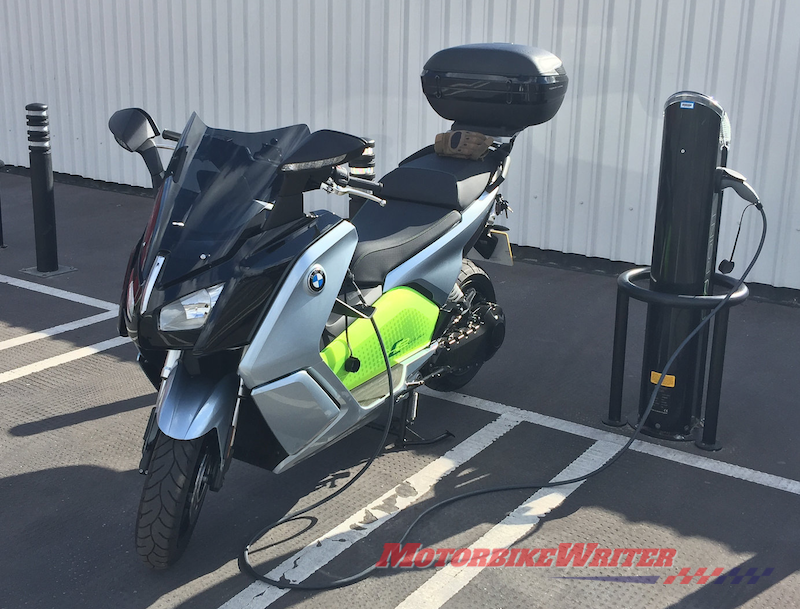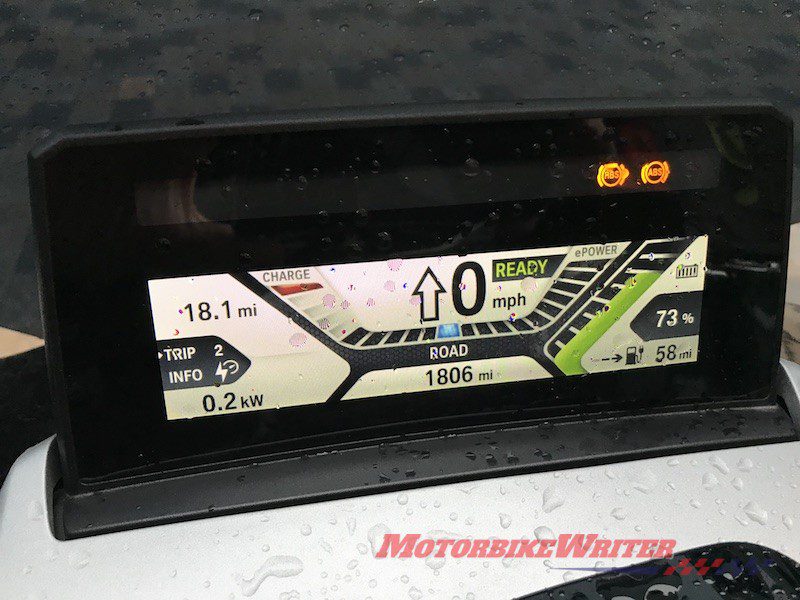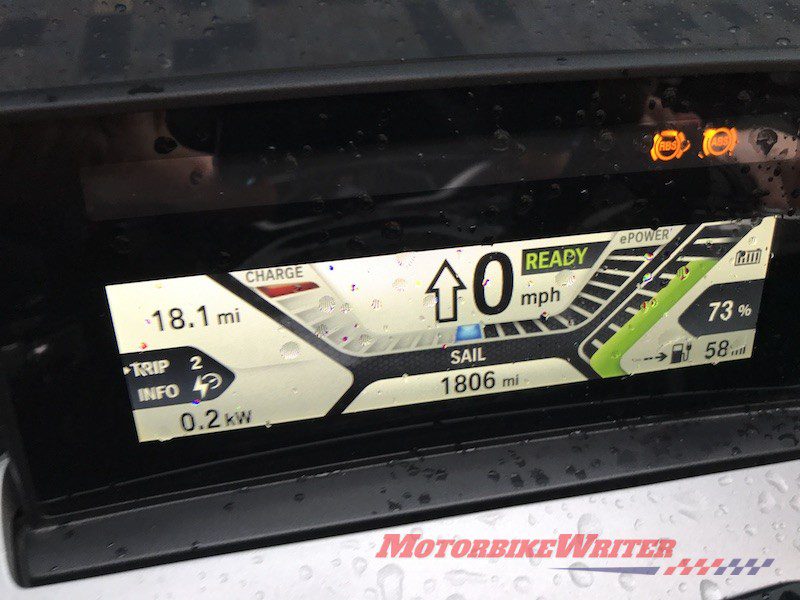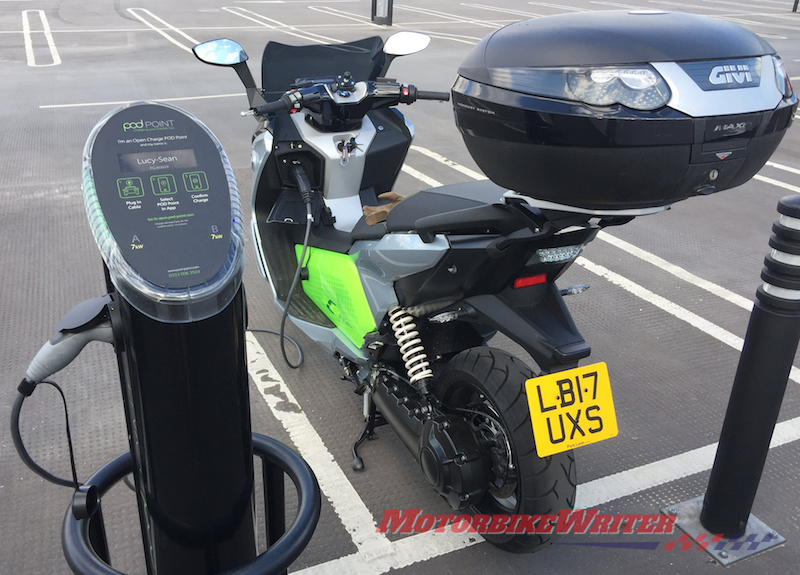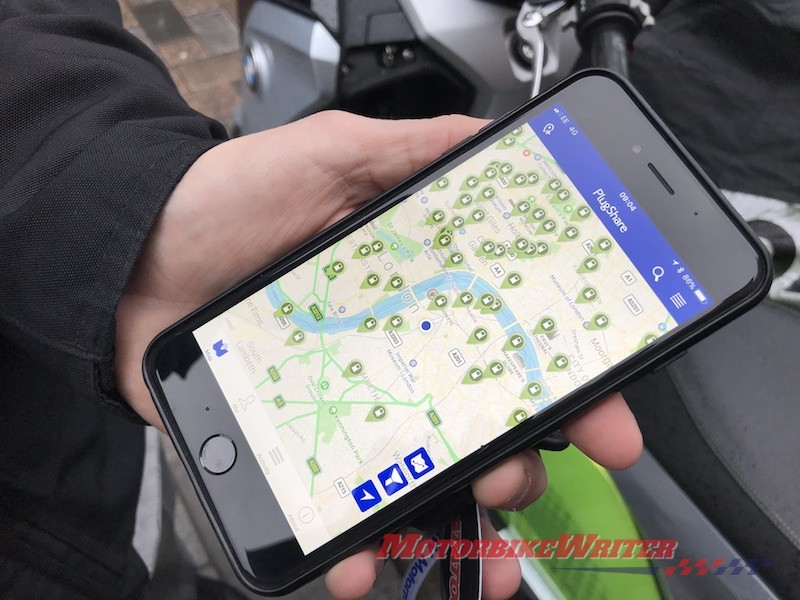Electric motorcycles and scooters do not make financial sense yet, but electric power convert Oliver van Bilsen says after living with an electric scooter he would not go back to petrol power.
Oliver lives and works in London where he received a Plug-in Motorcycle Grant on the purchase of his BMW C evolution electric scooter, doesn’t pay the congestion charge and parks for free.
Despite all those incentives, plus low running and maintenance costs, he says living with an electric scooter “doesn’t make sense financially yet, although as more bikes hit the market and prices come down, this is likely to change”.
“Yet, I wouldn’t go back to a petrol-powered scooter, especially for commuting,” he says.
You can check electric scooters for adults here.
Early adopter
Electric vehicles are still in their infancy around the world, but are being taken up in growing numbers in Europe where there is ample charging infrastructure and financial incentives.
“I’m an early adopter with technology and I want to do more for society, so I’m going electric,” says Oliver. He also owns a second-hand Tesla S electric car, an electric bicycle and plans to install solar power for his home to “go off the grid”.
“It’s a bit of a hobby and a real talking point.
“At least twice a week other bikers will ask me about it. I probably annoy people with my chat.
“Plus, I’ve been riding scooters for 11 years in London and there are more and more fumes from diesel vehicles.
“I want to do more for society.”
BMW C evolution
The BMW C evolution is not imported into Australia as BMW Motorrad Australia says there is not yet the supporting infrastructure.
It is similar in styling to BMW’s C600 Sport and C650 GT petrol-powered scooters, but the battery is the frame, so it is more rigid with a lower centre of gravity. Click here to read our review.
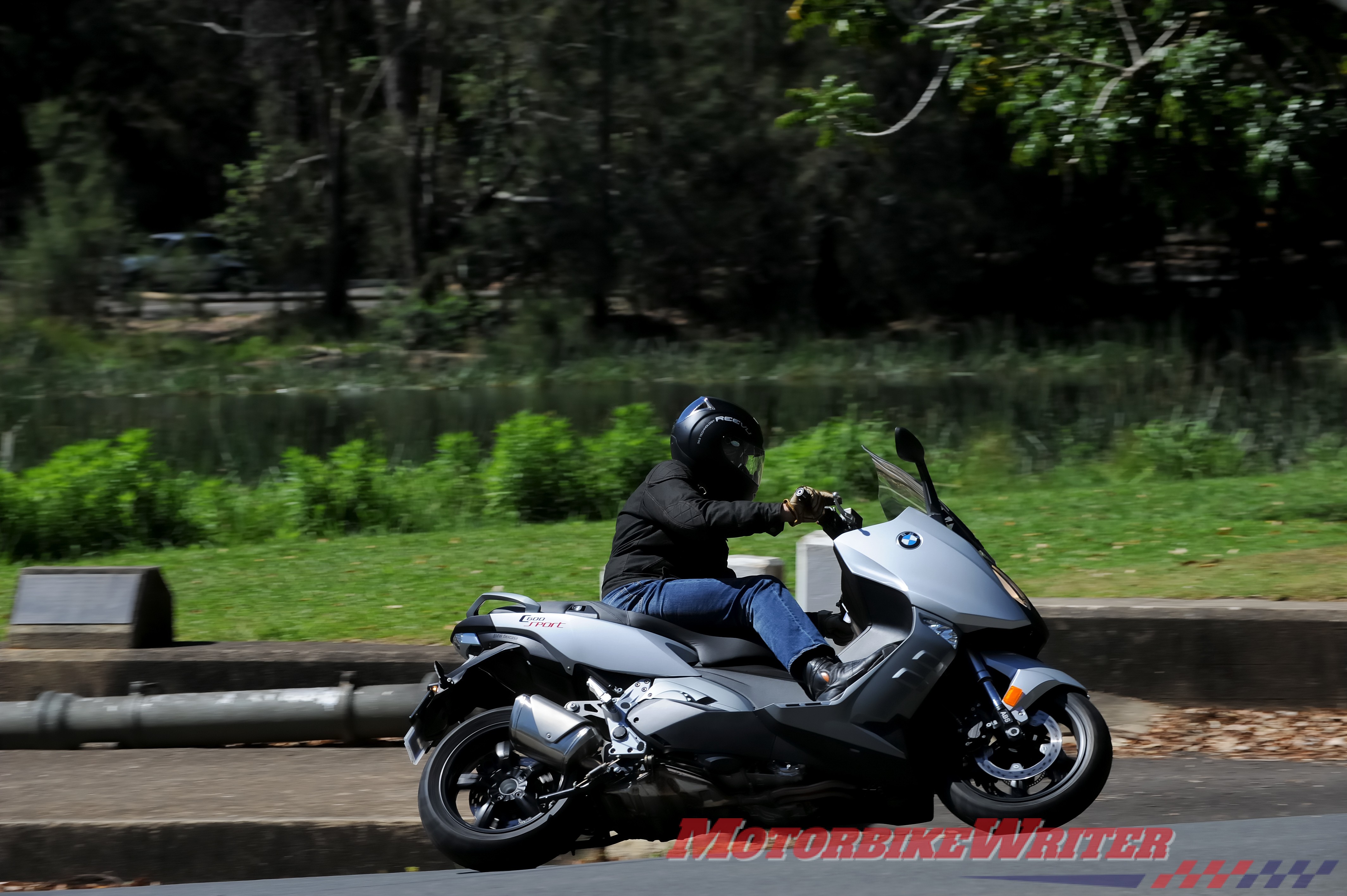
“I’ve ridden the petrol version as well but this is much nicer to ride,” Oliver says.
At £13,500 with an extended-range battery, it’s150% the price of the petrol scooters, despite the £1500 government subsidy.
Oliver leases his scooter so he can swap for a new model in three years. Wise move given the rapid development of battery technology.
Living with electric
Oliver says the C evolution is rated at 160km (100 miles) range. But in reality he gets less depending on riding conditions and weather.
“If it’s cold I only get about 70-80 miles and on the motorway it uses more energy,” he says.
The bike has four modes: ECO PRO, ROAD, SAIL and DYNAMIC which have different levels of power and recharging that affect range.
“I live nine miles from work, so I only have to charge it once a week,” Oliver says.
It takes about 4.5 hours to charge the scooter from flat with the built-in charger while fast charge is only 20% quicker.
Oliver charges it at home for about 90p.
He also uses some of the thousands of public chargers available throughout the UK which charge at a rate of 7p a minute. Because his scooter has a slow charge time it can cost up to £17 for a full charge.
“I leased this bike because I’m hoping that in three years time there will be faster charging,” he says.
Oliver has also discovered that some supermarkets have free chargers, so he sometimes parks it there at the weekends.
Public charge points are listed on a Plugshare app that Oliver calls the “Google Maps of charging points”.
There were 140,000 charge points worldwide when Oliver started riding the scooter six months ago but that number has now grown to more than 190,000. The app shows a host of charging post locations in London.
Petrol motorcycles and scooters pay for parking in London, but electric scooters are exempt.
Oliver says traffic wardens have sometimes mistakenly ticketed his scooter thinking it was petrol powered.
Maintenance costs are virtually zero, Oliver says. The only consumables are tyres and brake fluid and pads.
However, Oliver says he hardly ever uses the brakes because of regenerative braking.
All electric vehicles slow down quickly when you decelerated, so you don’t need to apply much brake input.
Oliver says the braking is so strong the front tyre usually wears out faster than the rear, which is the opposite to petrol-powered bikes.
Scooter lover
Oliver used to ride a Honda “Silver Wing” maxi-scooter until it was stolen.
“I like scooters because I can ride to work in my work clothes,” he says.
But Oliver doesn’t just use the scooter for commuting.
“I’ve done two long trips, but they can be a little nerve wracking, worrying you might run out of charge,” he says.
“You have to plan your stops carefully.”
On one occasion, Oliver rode to a car show in the country only to find no charging spots to guarantee his return journey.
Fortunately, the event organisers allowed him to plug into their mains outlet for free.
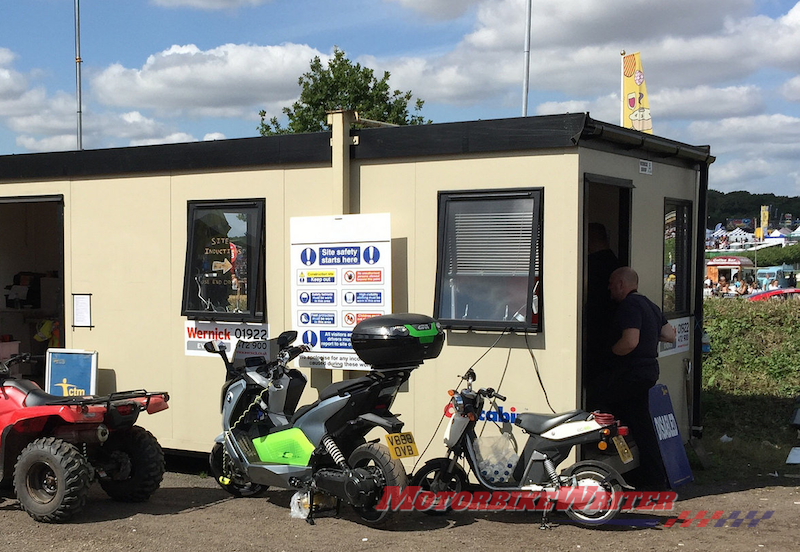
Few electric scooters
The C evolution was released in May 2014, but Oliver says there are still only 52 registered for private use in the UK. Fire and police services also use them.
“I’ve only seen one other of these on the road in the south of France, he says.
“I like the look of the C evolution, especially the daytime running light on the front.
“Most electric bikes are not pretty, but this has a bit of aggression in style and that matters.”
Like all electric vehicles, the BMW is quick off the mark with maximum torque available instantly.
“0-30mph is amazing,” he says.
Another advantage is the inclusion of reverse.
“It’s handy as it’s a heavy scooter and I can back out of downward sloped parking spaces even when I’m wearing slippery work shoes,” he says.
One of the few criticisms he has is that the wing mirrors are a bit wide for lane filtering and he has to keep folding them in.
“At first, I thought I had made the wrong choice in buying the BMW, but I would not go back to petrol again,” he says.
